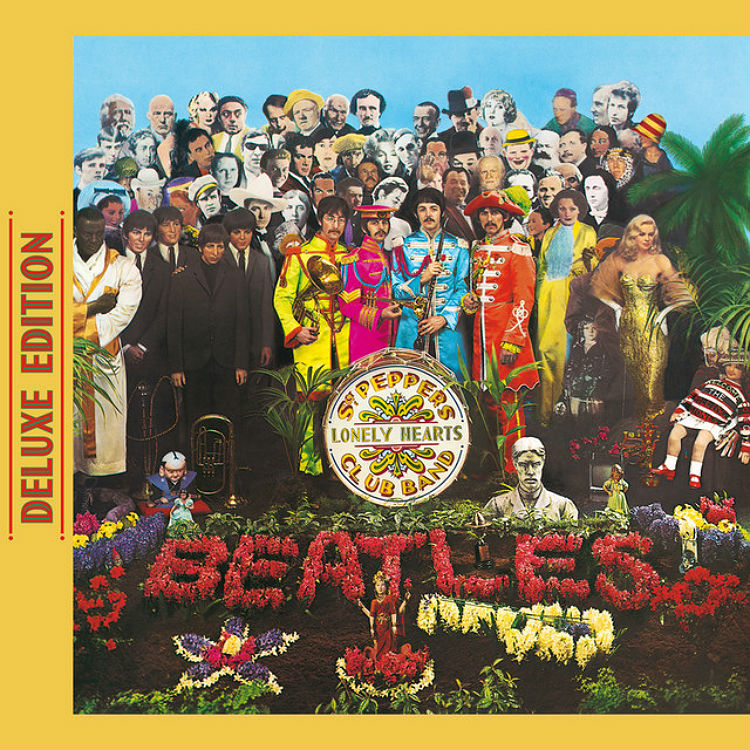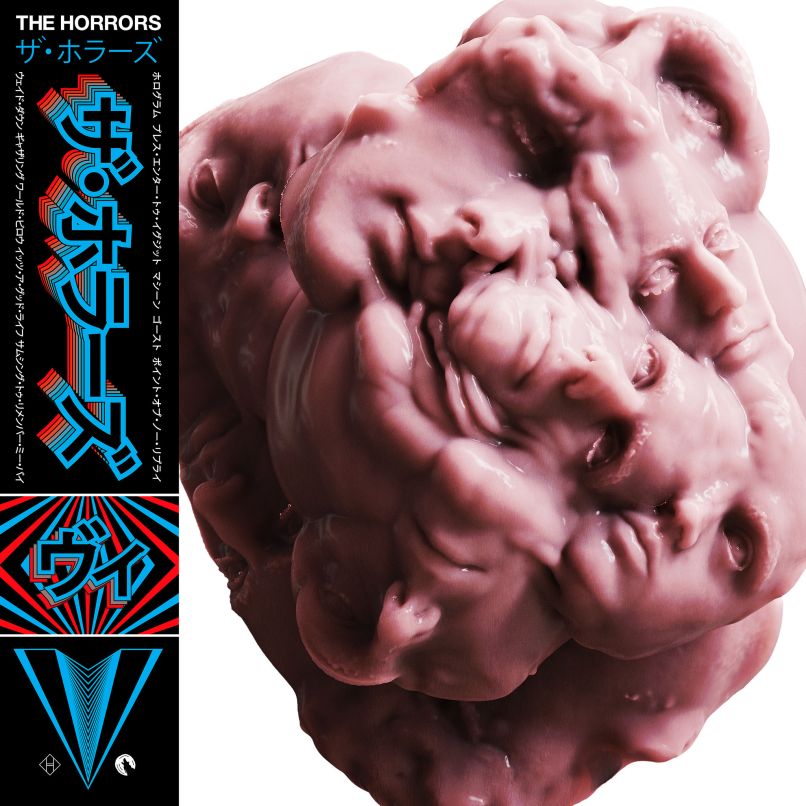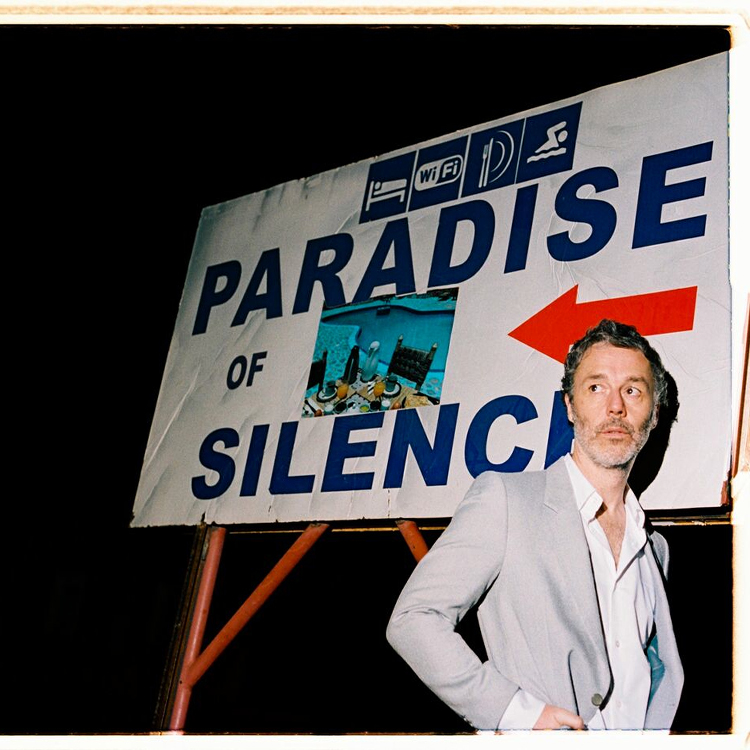 Photo: Press
Photo: Press
I’m sat in Studio 2 at Abbey Road, the same studio where The Beatles originally recorded Sgt. Pepper’s Lonely Hearts Club Band in 1967. Almost fifty years ago to the day the album ushered in The Summer of Love, I’ve been invited to listen to a new remix of one of the most revered albums in history.
Produced by Giles Martin, son of maverick producer George, and Abbey Road studio engineer Sam Okell, the remix certainly has a lot to live up to. Sgt. Pepper’s has gone Platinum 17 times over, sold 32 million copies, won four Grammy awards – the first rock album to do so – and regularly tops ‘the most influential album of all time’ lists. It was also the first ever concept album – whilst it may not be the best album they made (that honour may go instead to Revolver or Rubber Soul) – would we have had Dark Side of the Moon or Ziggy Stardust without Sgt. Pepper’s? With such accolades however, comes a conundrum. Should it ever be touched?
The last studio remix of _Sgt Pepper’s_ didn’t go down well with the band. Hastily remixed in just three days – compared to three weeks it took to produce the original mono version – much of the instrumental and vocal layering were lost. The original band members were not involved in the project at all: “you’ve not heard _Sgt. Pepper’s_ until you’ve heard the mono,” John Lennon famously quipped.
Giles Martin begins to tell a packed Studio 2 about the reasoning behind the anniversary project and what to expect from what his father deemed “the pinnacle” of their collaboration together. His and Okell’s four-month project aimed to produce a remix that would appeal to Beatles traditionalists (who Martin terms the “socks and sandals” brigade) and their “children and grandchildren” who have been told that this is the pinnacle of The Beatles work together. It would correct the wrongs of the rushed studio version, whilst using the mono as a “spiritual guide” throughout, together with the consultation of Paul and Ringo, and the families of George and John.
With those children and grandchildren are listening to Kendrick Lamar, Martin says, the issue is with making the album still sound as relevant on modern technology. “By moving back in time, by removing layers of process that’s there, now you listen to the album and it’s like you’re there. This makes for a much more immediate and vibrant sound – in fact, a much more modern sound. We’ve lifted these layers and let the record breathe and live.” Using the original 4-track mono tapes, Martin and Okell aimed to produce a record that sounded like a “3D version of the mono.” Martin makes a good point too, in that most people will have only ever heard the rushed stereo version on CD rather than the original mono. To illustrate the difference, Martin plays the original monos against the new remixed versions. And what a difference it is. None of the original quality of the originals is lost – they are not ‘mashed’ or remastered – this is a delicate lifting of layers to reveal the live and very loud sound The Beatles originally created in the studio. It is also a vast improvement on the stereo version.
Of the options to buy, there are many as you would expect from a band who kicked off the re-release process back in 1987 with the first CD of Sgt. Peppers’_and later with the excellent Anthology collections. There is a single CD with the studio remix, a deluxe expanded CD containing the studio remix alongside previously unreleased outtakes and the same on vinyl. For those of you with unlimited funds (well, £100), you can buy a ‘super deluxe’ option with the stereo, 34 unreleased recordings, mono mixes, high 5.1 stereo sounds, a hardback book, a DVD and artwork variations galore.
The new version is much louder, more cohesive and balanced a little more evenly. Ringo’s drums are given a greater prominence and the intricacies of the Beatles experimentation with sonic landscape is more evident. Lennon’s voice on ‘Lucy In The Sky With Diamonds’ has greater clarity and boldness, and the band’s harmonies feel fuller and more spacious, with each of their voices given equal prominece. The psychedelic organs on the trippy circus-hall sounds of ‘For The Benefit Of Mr Kite’ make it feel as though you are actually inside one of the LSD trips that inspired so much of this albums content. ‘She’s Leaving Home’ feels somehow more emotive than the original with what feels like a slight tempo change; the strings feel somehow more isolated making it an even more emotionally crippling finale than the original.
‘A Day In The Life’ is one of the highlights of the project, especially the bridge crescendo before McCartney’s solo. The orchestra is still whole and powerful, but you can hear some of the “unpacking of layers” that Martin talks about – you can somehow hear the 41-strong orchestra whole, but also appreciate them as individual entities making you realise just how intricately the band built their songs. The closing crescendo is an almost a drone-like crash of the piano, reverberating for longer and like ‘She’s Leaving Home’, produces greater emotional intensity.
The Beatles made the decision to stop touring in 1967; not only could they not be heard over screaming fans, they realised that some of the songs couldn’t be played well live. Given an unlimited budget and studio time by EMI, The Beatles retreated into the studio to “push boundaries at breakneck speed”, as Giles Martin describes it. Afforded complete artistic freedom, together with the pioneering production support of Martin and the innovative sound engineering of Geoff Emerick, the album became the first piece of conceptual studio art-pop, arguably changing the way bands recorded music forever. On the deluxe edition of the CD, we get an insight into this process with the inclusion of unreleased material.
One of the most enjoyable of these is the outtake for ‘A Day In The Life.’ The Beatles originally used a choir to make humming noises at the end before changing tact entirely and adding the piano thud. More insight is given too, into what the songs might have sounded like being played live, particularly ‘Fixing A Hole.’
The deluxe versions also contain versions of ‘Strawberry Fields’ and ‘Penny Lane.’ Both recorded during the Sgt. Pepper’s sessions, EMI put George Martin under pressure to release them as a double-a side single separately to the album because the ten-month gap between the release of Revolver and Sgt. Pepper’s was considered too long. George Martin later described it as one of the biggest mistakes of his career. Happily, the new version corrects this and includes numerous versions of both; an acoustic version of ‘Penny Lane’ is particularly poignant.
The artwork of the album was just as iconic at the sounds, winning Peter Blake and Jann Howarth a Grammy for it’s design. The super deluxe version packaging is stunningly beautiful and for Beatles aficionados who appreciate the art as much as the music, the inclusion of lenticular artwork, the hardback booklet and posters will give more insights into the fascinating process behind it’s creation.
The new Sgt. Pepper’s remix is a stunning insight into the recording and creative processes The Beatles employed in making one of the most important albums in music. The new remix reveals more about the studio sound the Beatles wanted to create in 1967 and the intricate layering they employed to create their own wall of sound. The care and dedication Giles Martin and Sam Okell have taken mean this is a version traditionalists and new and future fans will appreciate for a long time to come.




















